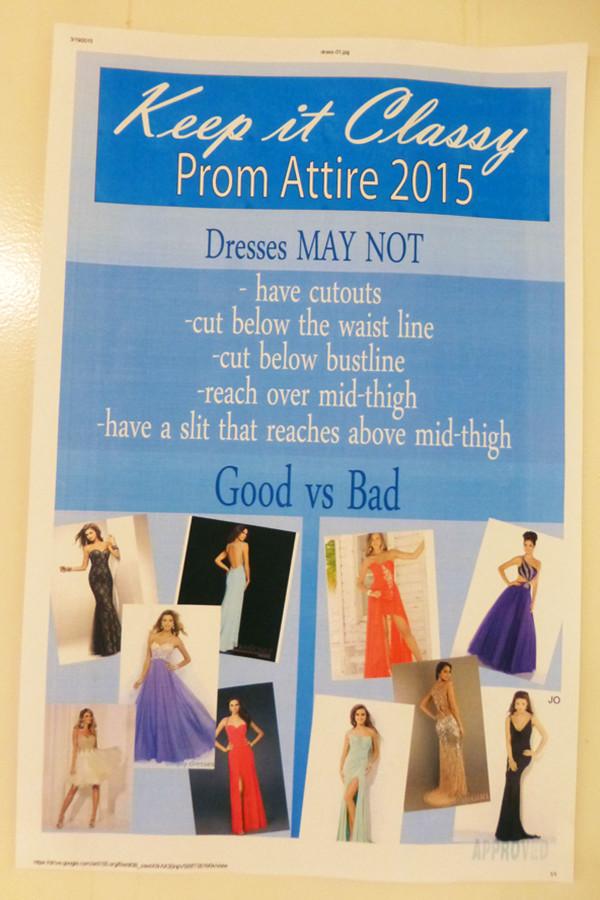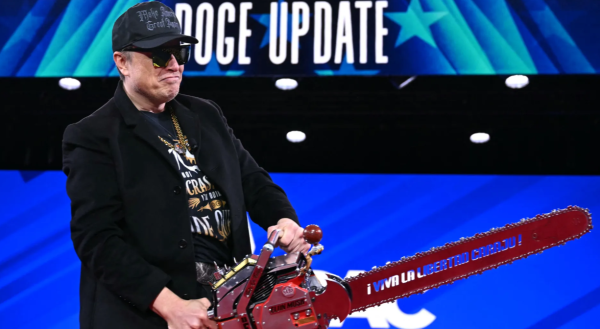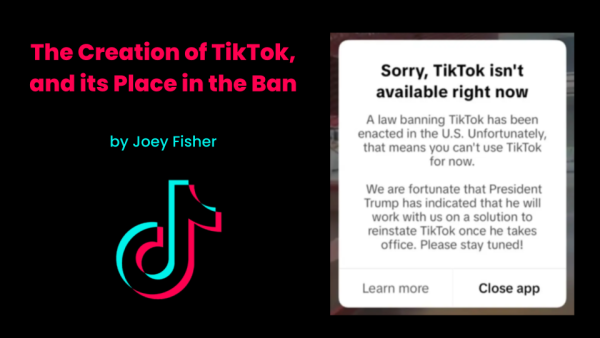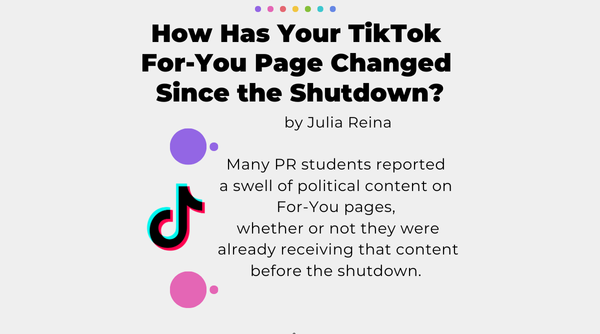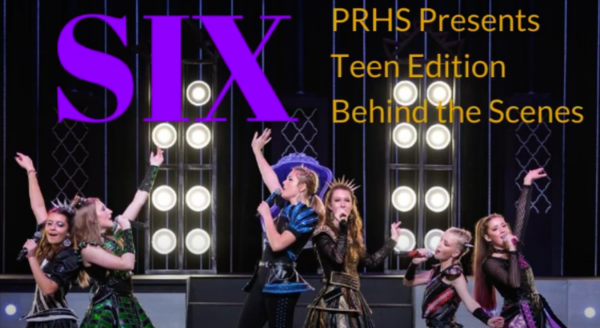Writing the Prom Dress Code
The best part about prom is arguably being able to play a glorified game of “Dress-Up.” It’s like going to a ball you read about in fairy tales, and having an enchanted evening with your prince charming.
But the question of a necessary dress code looms.
Guys have it easy, a tux and tie. What can go wrong? For girls, however, innumerable styles, cuts, lengths and colors are available when picking out the perfect dress.
Putting my opinion aside, I asked our school principal about the means he used to create the new and improved PRHS Formal Dance Dress Code, and then asked some of my fellow classmates their opinion on the subject.
Via an email interview, Koch explained that the reason the dress code was created was to “provide clarity and consistency.” He explains that the old dress code failed to explain expectations that encompassed every aspect of proper Prom apparel.
In order to create a code that was in favor of the students, Koch had help writing the code from different forms of both administration and the student advisory group, which has about twenty students on it.
According to Koch, the student advisory group did the most work, such as “writing what they felt was reasonable language for the guidelines such as no low-cut backs or necklines, and no high slits.
The group also gave suggestions like having the ability to “send in a photo to get a dress pre-approved.”
Junior Sonia Patel, who sat in on the discussion, said, “students should know the difference between inappropriate and appropriate.”
The idea of having posters, which were posted recently, with photos of acceptable and unacceptable dresses was also the student advisory group’s idea, using a format adapted from Cary-Grove.
Koch took measures to make sure the code met both the expectations of faculty and the wants of students.
Koch personally brought the draft of the prom dress code around to tables of girls and boys during commons periods to ask their opinion before it was finalized. Students could comment and give their opinions on the portions they thought were reasonable or unreasonable.
After talking to some of the students whom Koch talked to about the code, the general consensus was that the code was fair and reasonable. However, Katie Lamb and Abbey Grundy both agree that the code “excludes boys and is quite sexist. It doesn’t address the issue of boys’ wearing flashy and obnoxious tuxedos.”
After talking to 200-300 students in commons, Koch also shared the document with the faculty members who help organize school dances.
Talking to classmates Kelly Kohl and Lizzie Van Doorn uncovered some dissatisfaction with the code.
They seemed unhappy with the fact that the code was “put out too late,” and argued that “prom dresses, which are very expensive, are often non-returnable or non-refundable.”
They argued it was unfair to the girls who already have their dresses bought or altered to be told they are out of luck. This is the case with numerous girls who have already bought dresses.
After considering the lengthy process Koch used to create a dress code that was fair and reasonable for students, it is clear his intentions were to keep as many of our students content as possible and create a better Prom environment for everyone attending.

